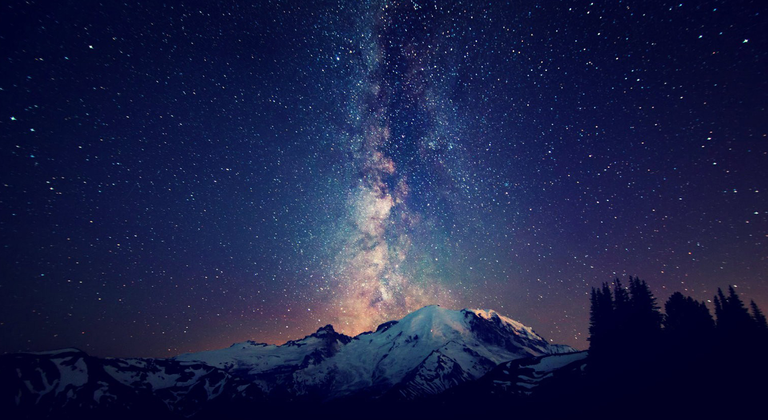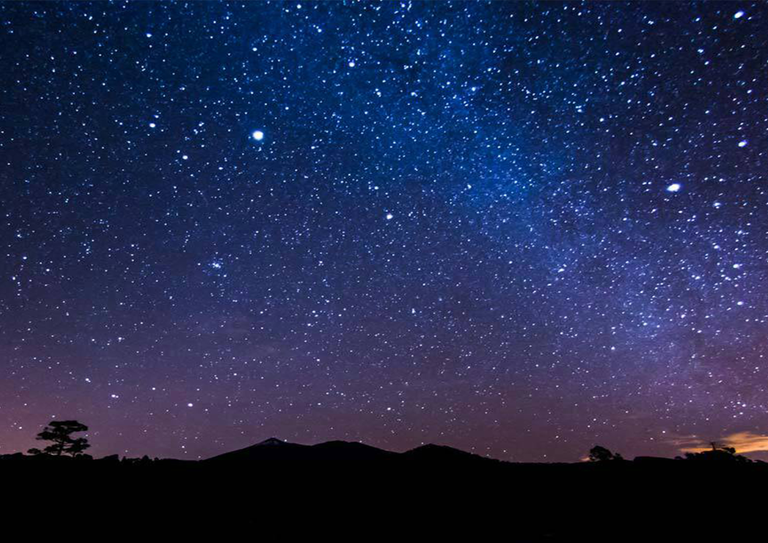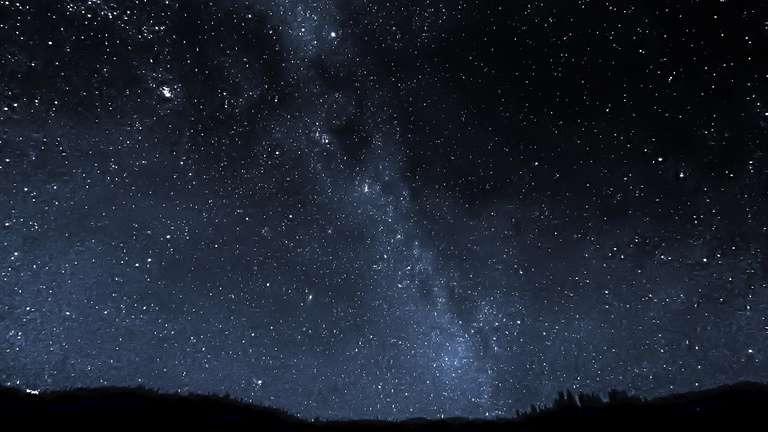
When we gaze at the night sky, we are looking back in time. The twinkling stars above are not just distant celestial objects; they are ancient remnants of the universe’s history, some shining for millions or even billions of years. But how old are the stars we see at night? The answer varies widely, depending on the type of star, its location, and its stage in the stellar life cycle.

Young Stars: Cosmic Infants
Some of the stars visible to us are relatively young, only a few million years old. These stars are often found in stellar nurseries, where clouds of gas and dust collapse under gravity to form new stars. A famous example is the Orion Nebula, a bright region where young stars are still forming. The Pleiades star cluster, also known as the Seven Sisters, contains stars that are around 100 million years old—young in astronomical terms.
Middle-Aged Stars: The Prime of Their Life
Our Sun is an example of a middle-aged star, around 4.6 billion years old. Many of the stars visible in the night sky belong to this age group, shining steadily as they convert hydrogen into helium in their cores. These stars have already settled into a long and stable phase of their existence, which can last for billions of years. Some of the brightest stars, like Sirius, are also in this stage, making them prominent in our night sky.
Ancient Stars: Billions of Years Old
Some of the stars we see at night are among the oldest in the universe, estimated to be 10 to 13 billion years old. These stars formed shortly after the Big Bang and have survived for billions of years, evolving into red giants or white dwarfs. One of the oldest known stars, HD 140283 (nicknamed the "Methuselah star"), is estimated to be 14.46 billion years old, making it one of the most ancient objects ever observed.
Seeing the Past: Light from Distant Stars
Because light takes time to travel, some of the stars we see might not even exist anymore. If a star is thousands or millions of light-years away, we are actually seeing it as it was in the past. Some of the most distant galaxies visible through telescopes contain stars that formed when the universe was still young. This means that every time we look up at the stars, we are witnessing a cosmic time machine, showing us different eras of the universe’s history.

In conclusion, the stars above us come from different generations of the universe’s history, ranging from young and energetic to ancient and fading. Whether they are forming in bright nebulae or shining from distant galaxies, they remind us of the vastness and age of the cosmos. The night sky is not just a beautiful sight—it’s a window into the deep past of our universe.
